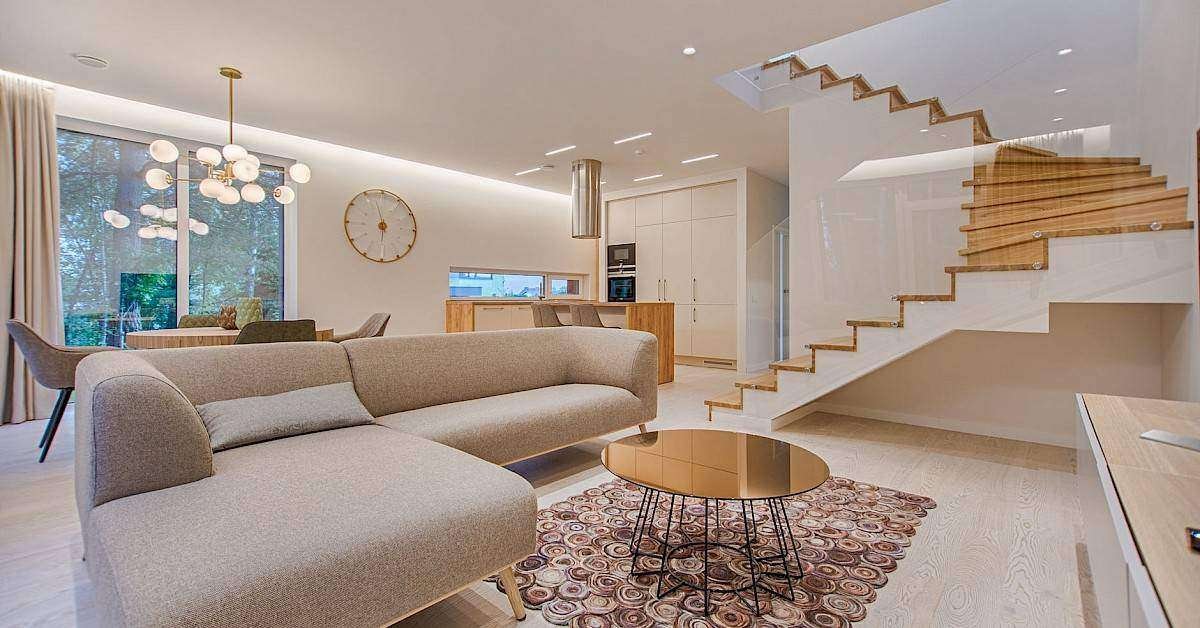What is transitional-style interior design?
Interior design evolves with time as taste and preferences change. And, the transitional style of interior pays homage to the evolution of design. Simply put, the transitional style of interiors marries the old-world charm of traditional design with the chicness of modern aesthetics. It incorporates classic elements with trendier ones to give you the best of both worlds. At the very core of this style lies an impeccable sense of balance that fuses old with new, elaborate traditional designs with sleek modern styles, and opulence with sustainability for a curated look and feel.
Here are some key elements to keep in mind when one is striving to create this style in their own space.
- Color Palette
Transitional style can be a hard style to pull off without making things chaotic, especially when you do it without the guidance of professionals. So, the easiest way to keep that from happening is to choose a neutral color palette. Paint the walls in classic yet fresh shades of white, taupe, beige, and grey. Feeling a bit more experimental? Try rich, dark shades of charcoal black, midnight blue, burgundy, or khaki green.
Always remember that darker shades work best in a larger space. It can make a space look smaller than it is, but the mood it creates will make you fall in love with it. If diving straight into dark shade seems intimidating for you, then you can try it on just one accent wall. Although it won’t create the same effect, it is the safest bet for beginners.
- Accents
An accent is placed in a way to draw the eye and make it the focal point of attention. In a transitional style, an accent is a game-changer. We feel antiques work a lot better than contemporary style when it comes to accents. Although you can choose anything to be your accent piece, some of the fave pieces that we use most often are –
- Vintage mirrors frames.
- A Victorian-inspired chandelier.
- An antique dresser or table.
- A classic deep-seated sofa set.
- Fabric
Fabric lends texture, color, and feel to any space. In a transitional design, they play one of the most significant roles. Some of the classic material that can be used to exude an old charm feel is velvet and leather. On the contrary, natural, solid-colored fabric such as linen and cotton or even satin for that matter impart a more modern feel. It is a very good idea to juxtapose sleek furniture with traditional fabrics. Like a minimal sofa upholstered in rich velvet.
- Accessories
When it comes to transitional style, we suggest you let your accents and furniture do most of the talking. Take a minimal approach with accessories to keep things looking clean and organized instead of a frenzied mess of accessories. This is where you should be incorporating your contemporary sense of minimalism. However, a dramatic sculpture or vase, or planter can elevate the appeal of your space if executed with restraint.
Want to give your home a stunning transitional appeal? Our designers and experts are just a call away. And, for more transitional interior design ideas follow us on our integral handle @colonelzconstruction.
Visit www.colonelz.com NOW!



